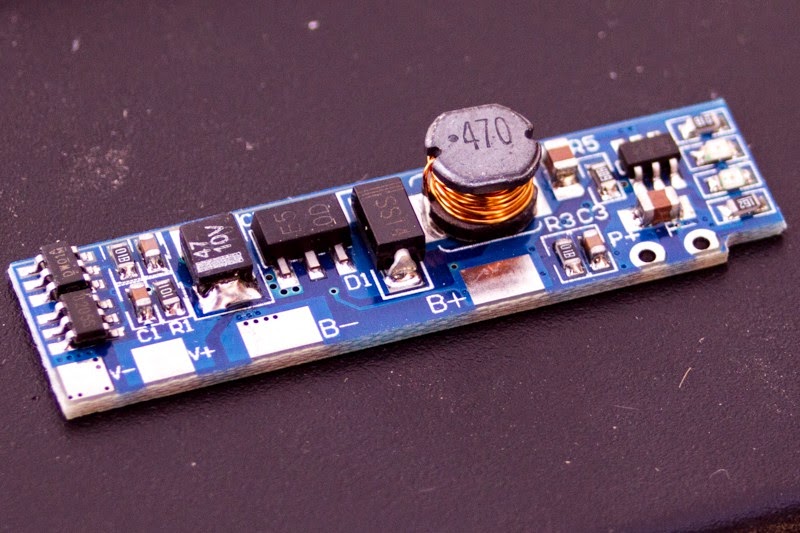Here's a circuit diagram for a test-version of the Energy Brain. I use an optocoupler to control the charging of the super-capacitor so that in later versions of the device an external uC on a separate power net can trigger a recharge of the capacitor.
Until a replacement for the fallen soldier arrives, I'll dink around with some other things. I've been reading up on artificial-neural-networks (ANNs) and that has been giving me some ideas, to say the least.









